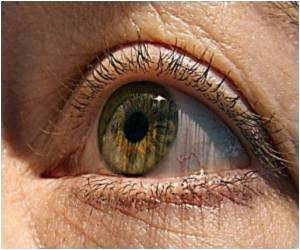Consider this: A doll with human-like features still doesn't look as real as a live person - do you know why? A new study claims it's all in the eyes.

"There's something fundamentally important about seeing a face and knowing that the lights are on and someone is home," said Thalia Wheatley of Dartmouth College.
Wheatley and graduate student Christine Looser drove around New Hampshire visiting toy stores and taking pictures of dolls' faces.
They then paired each doll face with a similar-looking human face and used morphing software to blend the two, to make a whole set of intermediate pictures that were part human, part doll.
Looser and Wheatley found that the tipping point, where people determined the faces to be alive, was about two-thirds of the way along the continuum, closer to the human side than to the doll side.
Another experiment found that the eyes were the most important feature for determining life.
Advertisement
"I think we all seek connections with others. When we recognize life in a face, Wheatley said, we think, "This is a mind I can connect with."
Advertisement
Source-ANI












